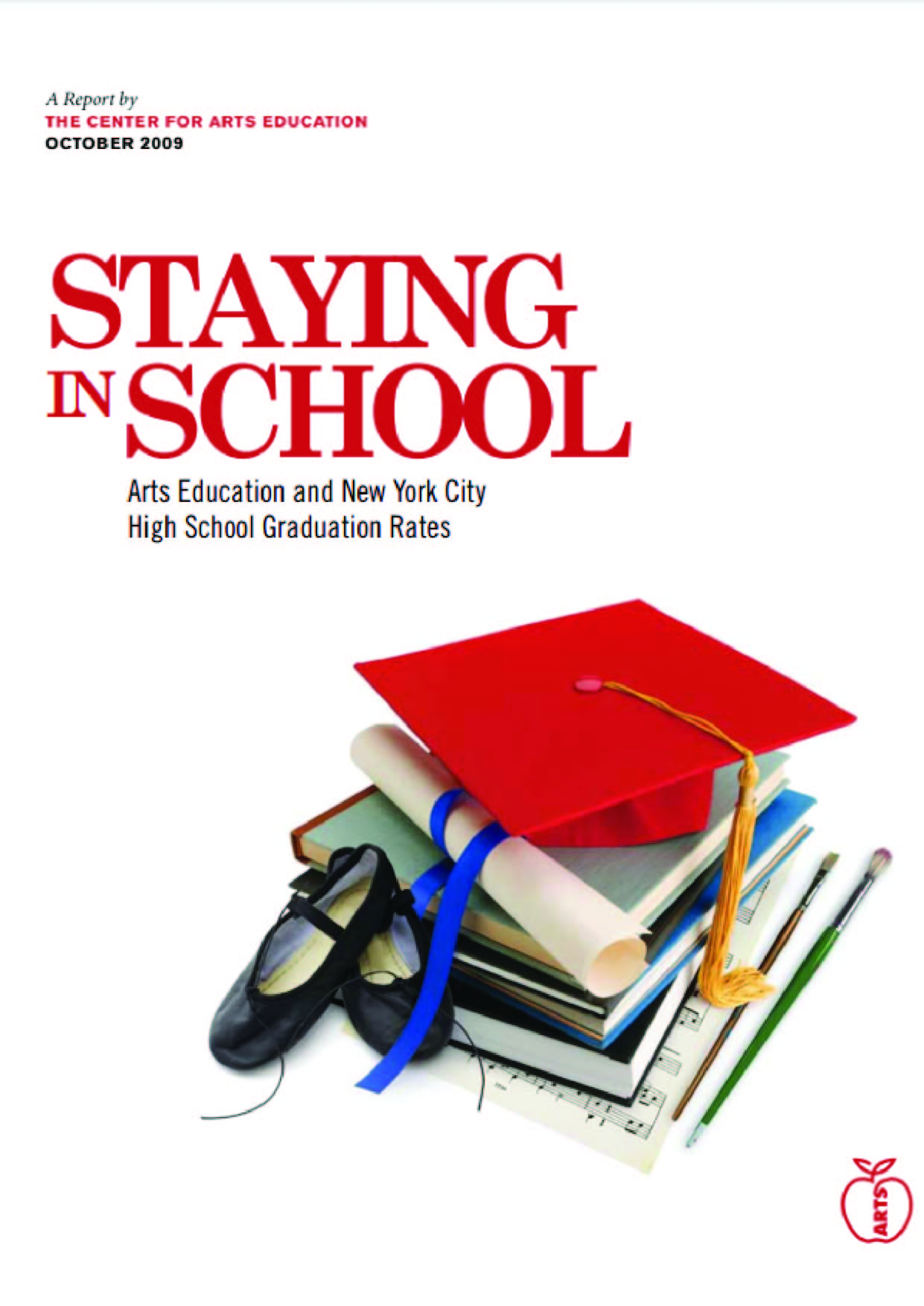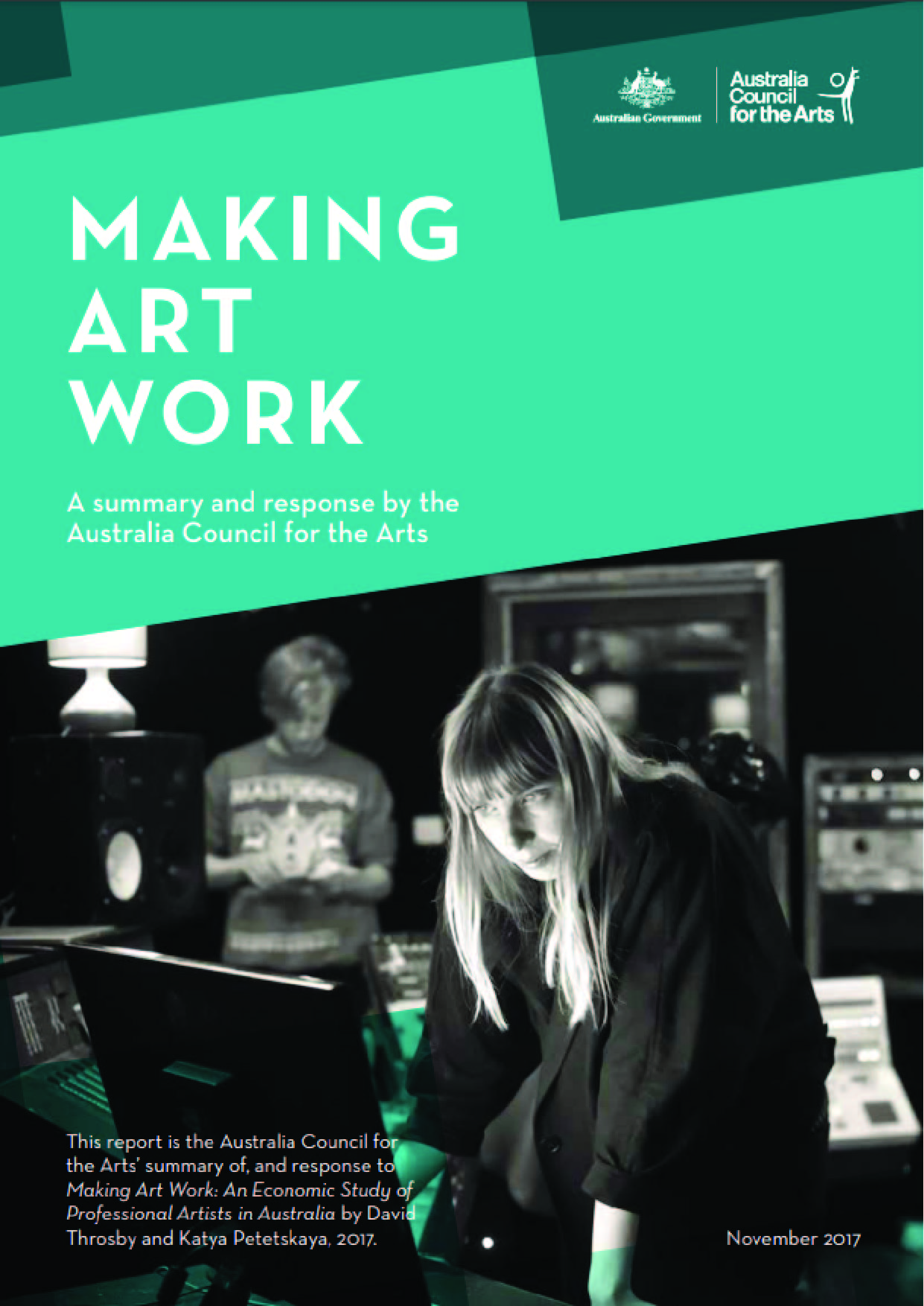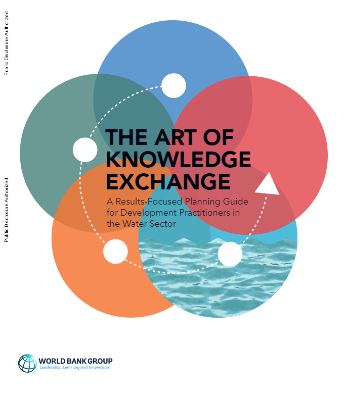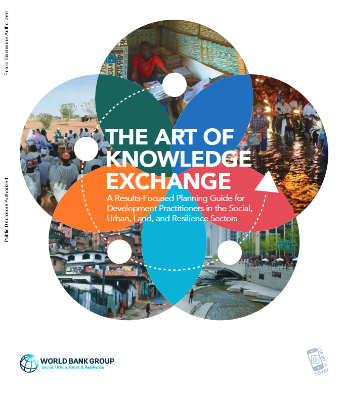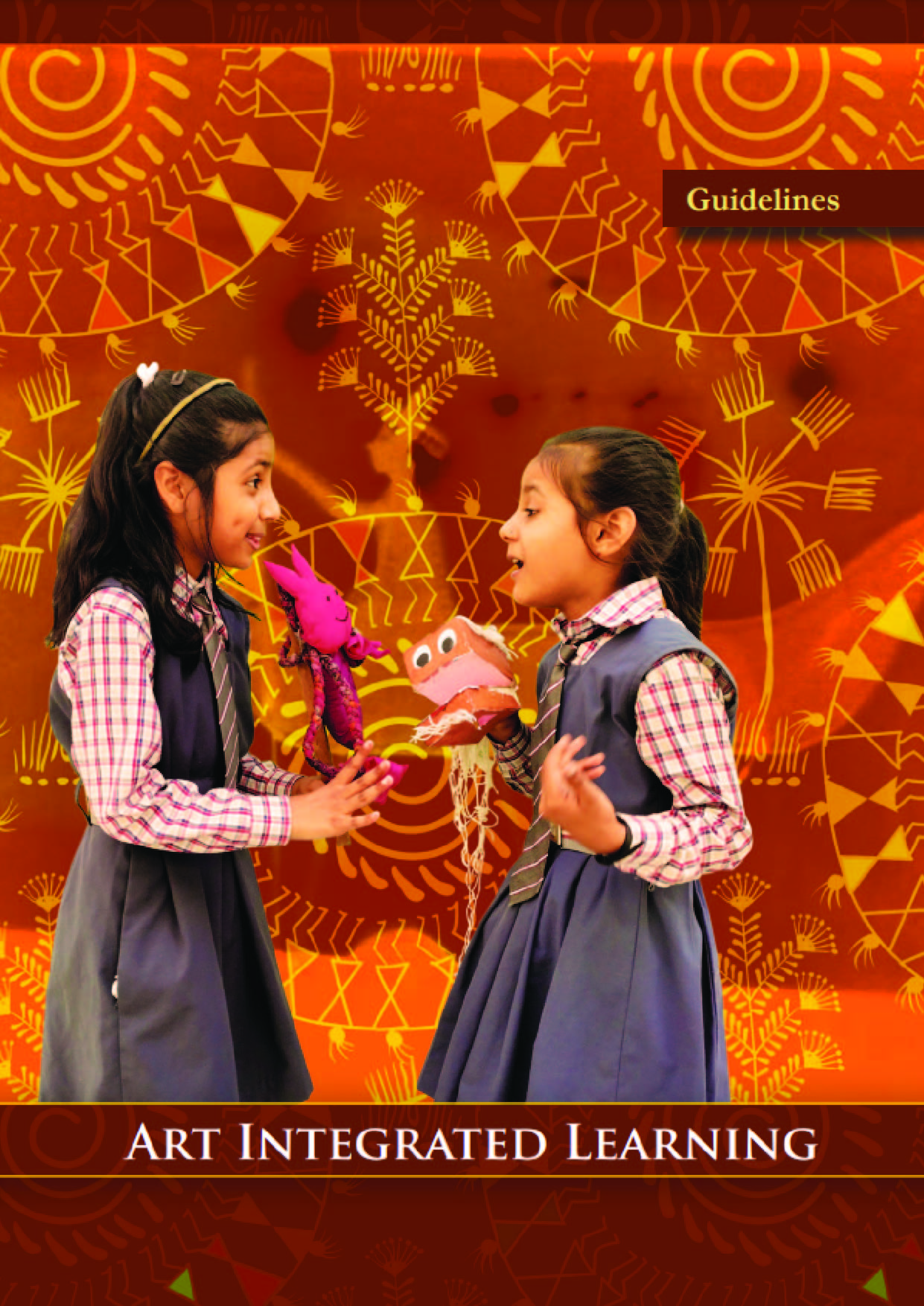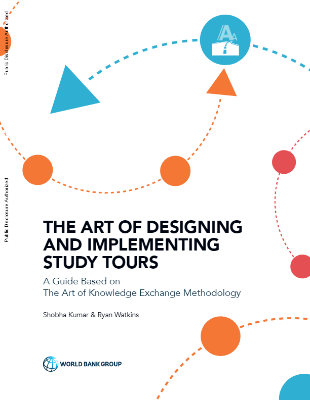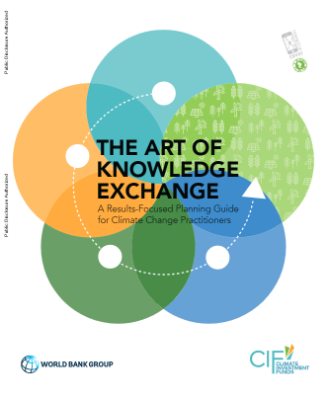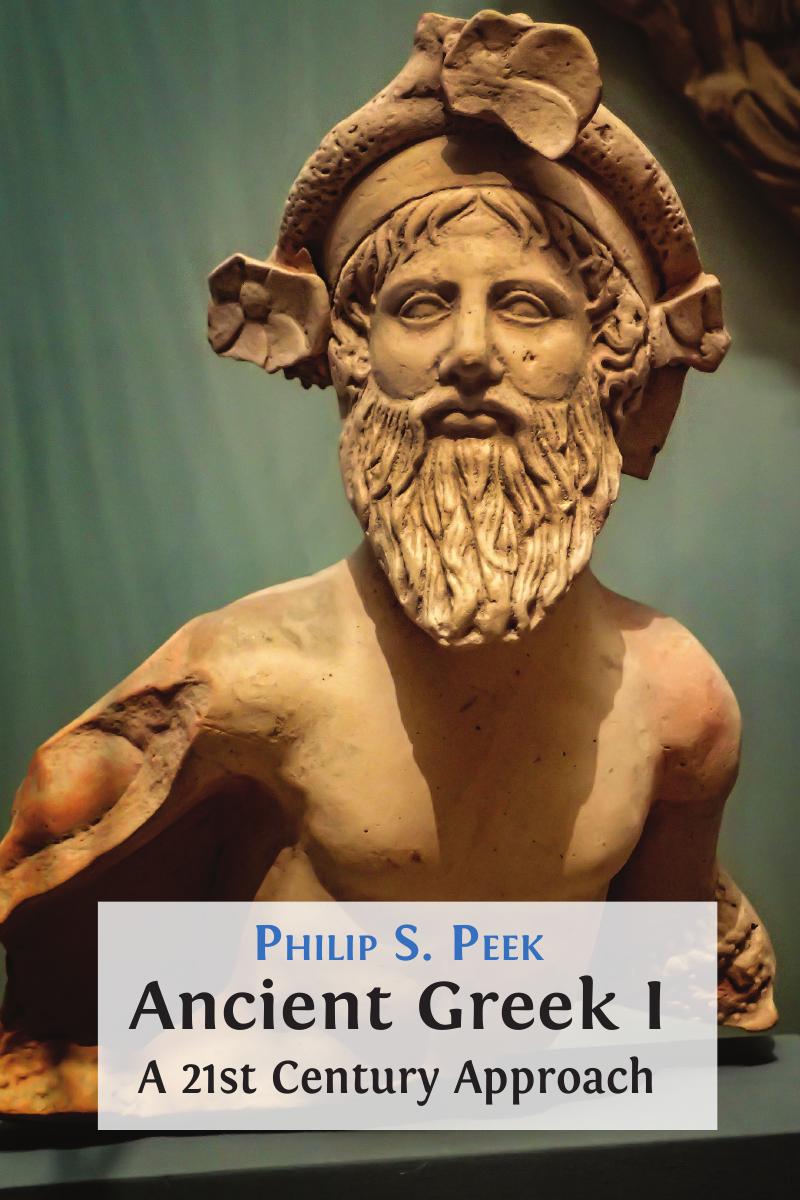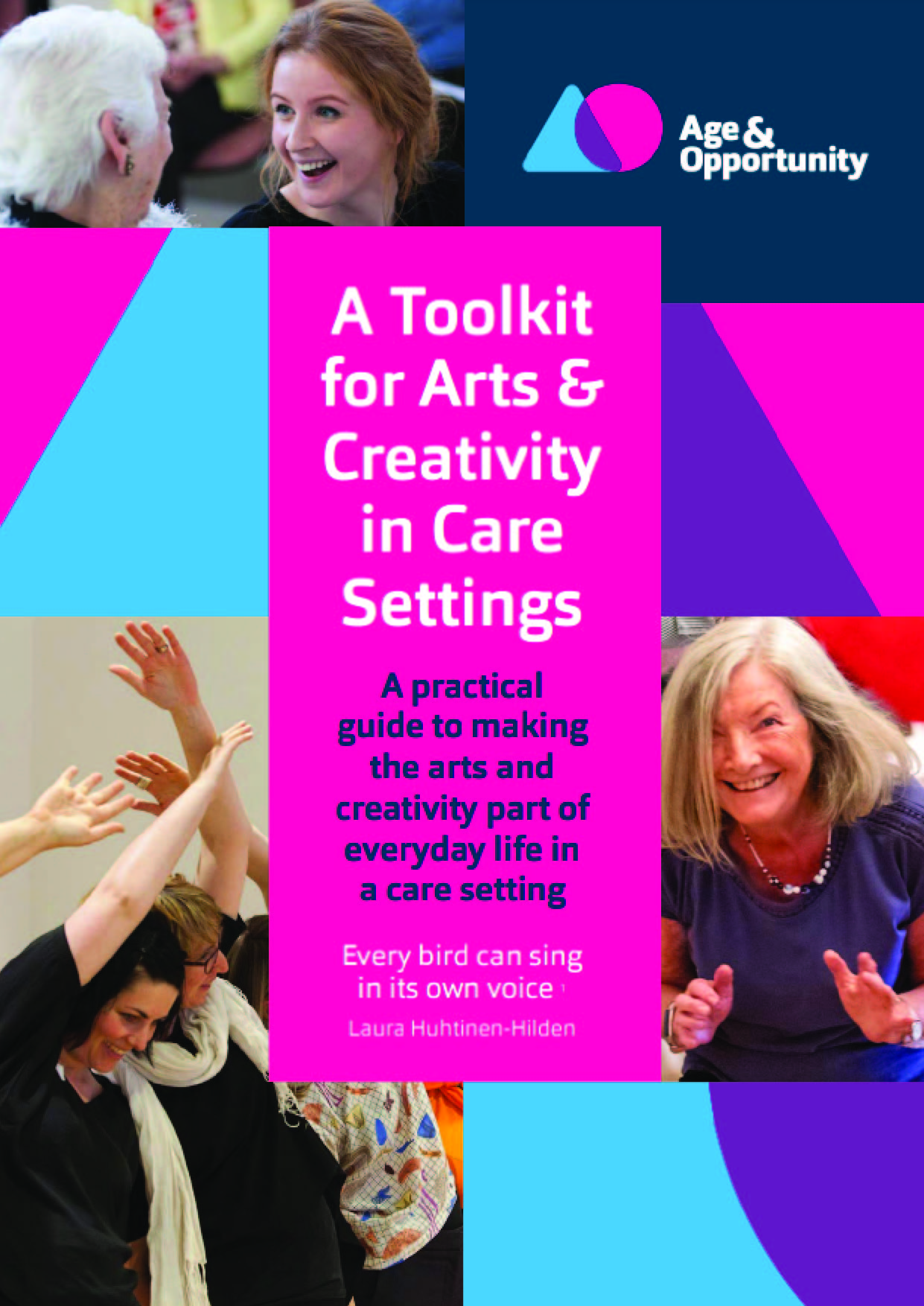About
The Center for Arts Education is committed to stimulating and sustaining quality arts education as an essential part of every child’s education in the New York City public schools. CAE provides tools and resources to deliver quality arts learning for all children. Our innovative teaching and learning programs–fostering collaboration with teachers and school leaders, cultural and community organizations–help build arts-infused school communities. Our advocacy initiatives educate policymakers and the public about the value of arts education as an essential ingredient in a quality education and a fundamental part of children’s overall health and well-being.
In New York City, the cultural capital of the world, public school students do not enjoy equal access to an arts education. In fact, in schools with the lowest graduation rates— where the arts could have the greatest impact—students have the least opportunity to participate in arts learning.
This report takes the first ever look at the relationship between school-based arts education and high school graduation rates in New York City public schools. The findings, based on data collected by the New York City Department of Education (DOE), strongly suggest that the arts play a key role in keeping students in high school and graduating on time.
The failure of public high schools to graduate students in four years has been a persistent problem in New York City and is a central concern for educators and policymakers across the nation. Once the worldwide leader in education, the United States is falling behind other countries in a number of educational categories, none of which is more troubling than high school graduation rates.
In several national studies over the past decade, students at risk of dropping out cite participation in the arts as their reason for staying in school. Research has also shown that arts education has had a measurable impact on at-risk youth in deterring delinquent behavior and truancy problems while also increasing overall academic performance. Despite these known benefits, as the findings of this report confirm, New York City public school students at schools with the lowest graduation rates have the least access to instruction in the arts. In several national studies over the past decade, students at risk of dropping out cite participation in the arts as their reason for staying in school.
Analyzing data from more than 200 New York City schools over a two-year period, this report shows that schools in the top third in graduation rates offered their students the most access to arts education and the most resources that support arts education. Schools in the bottom third in graduation rates consistently offer the least access and fewest resources. This pattern held true for nine key indicators that convey a school’s commitment to arts education. The findings are summarized below.
Certified Arts Teachers
- High schools in the top third of graduation rates had almost 40 percent more certified arts teachers per student than schools in the bottom third—or, on average, one additional arts teacher per school.
Dedicated Arts Classrooms
- High schools in the top third of graduation rates had 40 percent more physical spaces dedicated to arts learning per student than schools in the bottom third.
Appropriately Equipped Arts Classrooms
- High schools in the top third of graduation rates had almost 40 percent more classrooms appropriately equipped for the arts than schools in the bottom third.
Arts and Cultural Partnerships
- High schools in the top third of graduation rates had fostered 25 percent more partnerships with arts and cultural organizations than schools in the bottom third.
External Funds to Support the Arts
- High schools in the top third of graduation rates were 45 percent more likely to have raised funds from external sources to support the arts than schools in the bottom third.
Coursework in the Arts
- High schools in the top third of graduation rates had almost 35 percent more graduates completing three or more arts courses than schools in the bottom third. Access to Multiyear Arts Sequence High schools in the top third of graduation rates were almost 10 percent more likely to offer students a multiyear sequence in the arts than schools in the bottom third.
School Sponsorship of Student Arts Participation
- High schools in the top third of graduation rates were more likely to have offered students an opportunity to participate or perform in one or more arts activities than schools in the bottom third.
School Sponsorship of Arts Field Trips
- High schools in the top third of graduation rates were more likely to have offered students an opportunity to attend an arts activity, such as a theater performance, dance recital, or museum exhibit, than schools in the bottom third.
You can read through this book to explore more about the topic.
